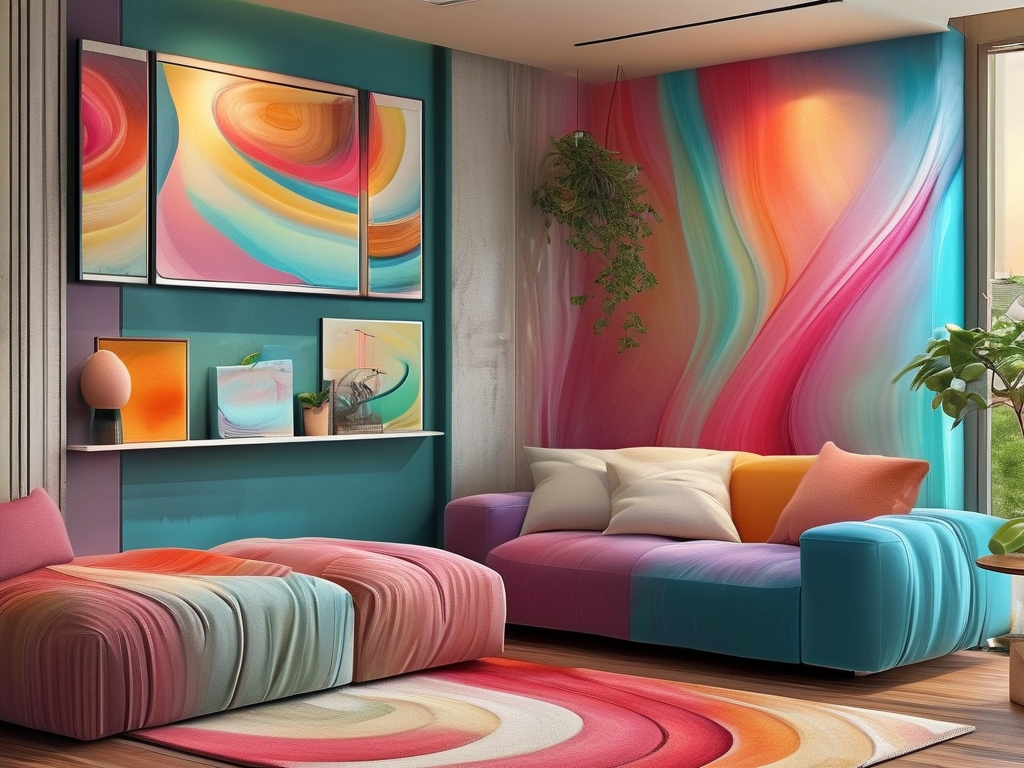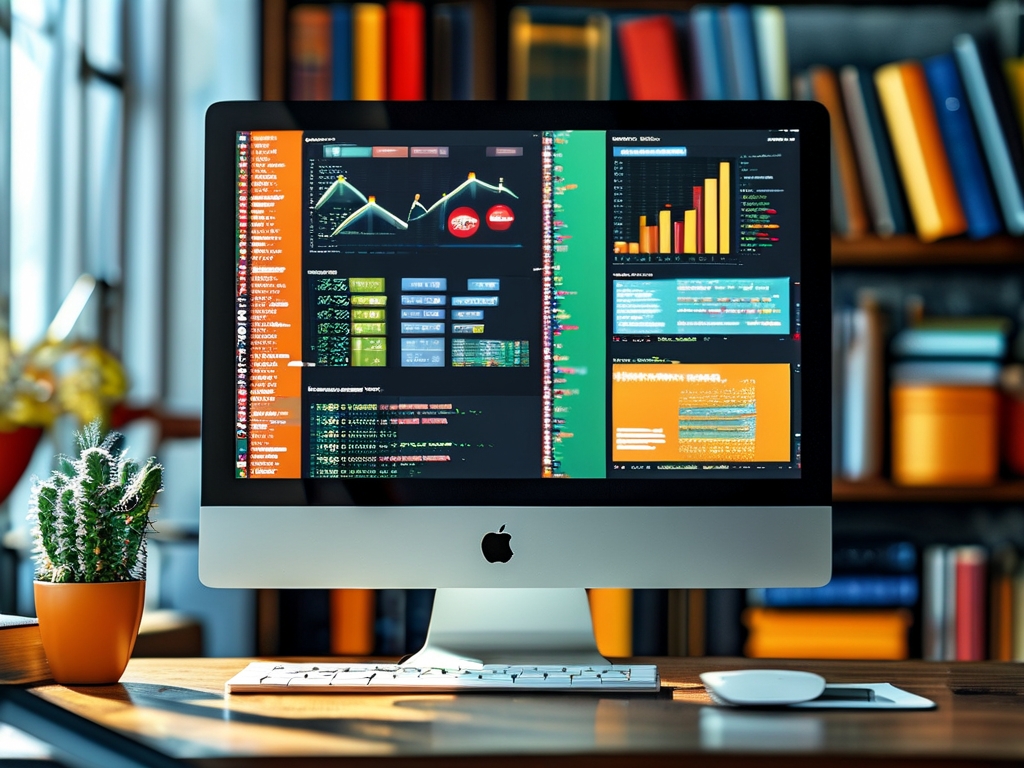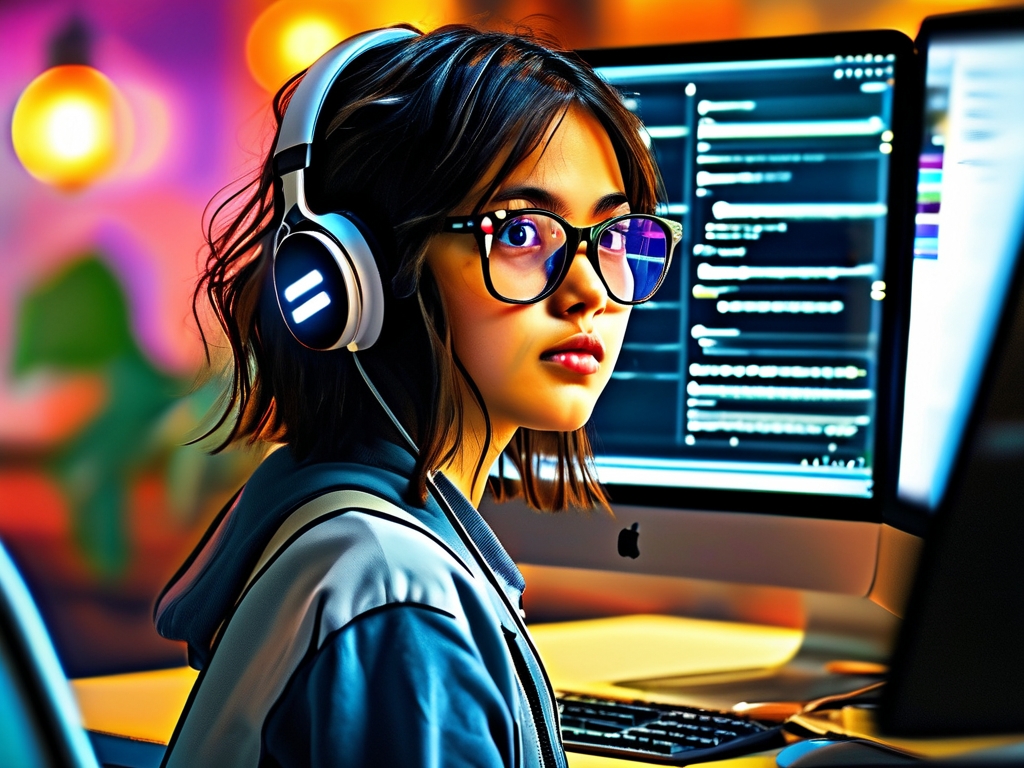In the rapidly evolving field of digital media and interactive design, the role of a Digital Media Art Interaction Designer Assistant has emerged as a critical bridge between creative vision and technical execution. This position combines artistic sensibility with technological proficiency, making it indispensable in industries ranging from entertainment and gaming to education and smart installations. Below, we explore the responsibilities, required skills, career pathways, and future trends for professionals in this dynamic role.

Understanding the Role
A Digital Media Art Interaction Designer Assistant supports senior designers in creating immersive experiences that engage users through multimedia elements such as augmented reality (AR), virtual reality (VR), motion graphics, and sensor-based interactions. Key responsibilities include:
- Concept Development: Collaborating on brainstorming sessions to translate abstract ideas into actionable design plans.
- Prototyping: Using tools like Unity, Unreal Engine, or Processing to build interactive demos.
- User Testing: Gathering feedback to refine interfaces and ensure intuitive usability.
- Technical Support: Troubleshooting software/hardware integrations for installations or digital exhibits.
This role demands a hybrid skill set—balancing coding expertise (e.g., Python, JavaScript) with a strong grasp of design principles like color theory, spatial composition, and user psychology.
Essential Skills and Tools
To thrive as an assistant in this field, professionals must master both creative and technical domains:
- Software Proficiency: Adobe Creative Suite (After Effects, Illustrator), 3D modeling tools (Blender, Maya), and interactive platforms (TouchDesigner, Max/MSP).
- Programming: Basic scripting in C# or Python for automating design tasks or customizing interactivity.
- Collaboration: Working with cross-functional teams, including sound designers, developers, and project managers.
- Adaptability: Staying updated on emerging technologies like AI-driven generative art or haptic feedback systems.
Case studies highlight how assistants at firms like Moment Factory or TeamLab contribute to large-scale projects—for example, designing responsive light installations that react to audience movement.
Workflow and Challenges
A typical project begins with research into the target audience and technological constraints. Assistants often create mood boards, wireframes, and low-fidelity prototypes before iterating based on stakeholder feedback. Common challenges include:
- Technical Limitations: Balancing ambitious creative ideas with budget or hardware restrictions.
- User Accessibility: Ensuring experiences are inclusive for diverse audiences, including those with disabilities.
- Time Management: Juggling multiple deadlines in fast-paced environments.
To address these, successful assistants cultivate problem-solving skills and learn to advocate for feasible yet innovative solutions.
Career Growth and Industry Trends
Starting as an assistant offers a springboard to advanced roles such as Lead Interaction Designer or Creative Director. Networking at events like SIGGRAPH or Ars Electronica can open doors to collaborations with global studios.
Emerging trends reshaping the field include:
- Metaverse Integration: Designing virtual environments for social platforms or NFT galleries.
- Sustainability: Using digital art to raise awareness about climate change through data-driven installations.
- Ethical Design: Addressing privacy concerns in interactive public installations that collect user data.
Educational Pathways
While formal degrees in digital media arts, interaction design, or computer science are common, many professionals build portfolios through online courses (e.g., Coursera’s Creative Coding specialization) or DIY projects. Internships at interactive studios provide hands-on experience with real-world tools and workflows.
The Digital Media Art Interaction Designer Assistant role is more than a stepping stone—it’s a multidisciplinary crucible where art meets technology. By mastering both domains and staying agile in a tech-driven landscape, assistants can shape the future of human-digital interaction. As industries increasingly prioritize immersive experiences, this career path promises endless opportunities for innovation and impact.









